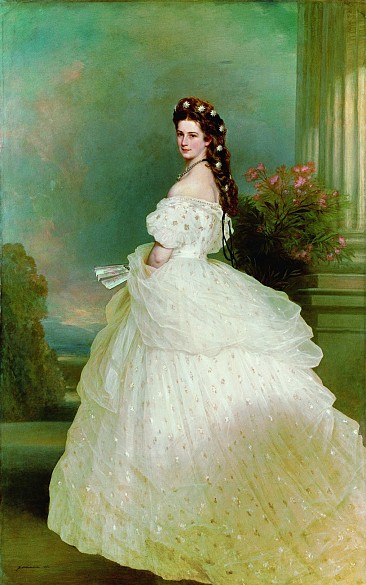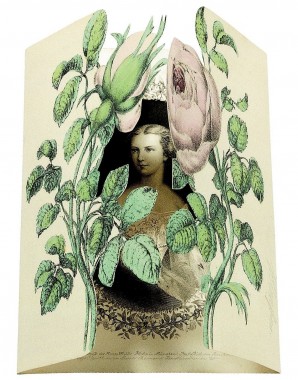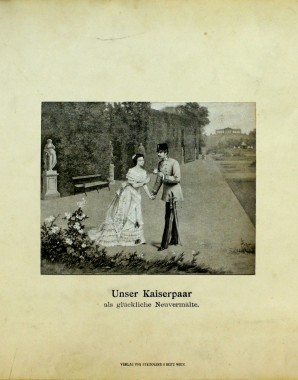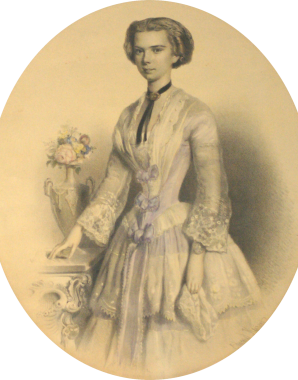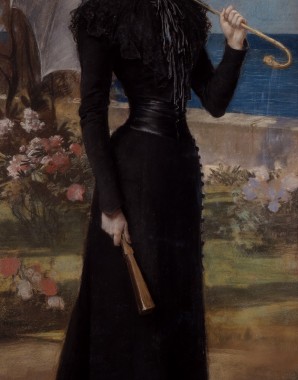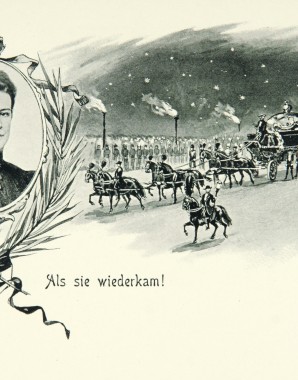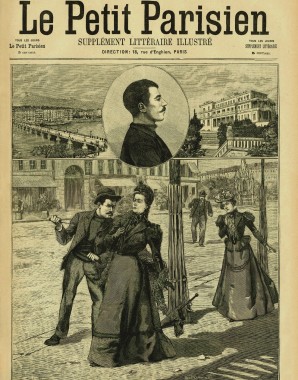Elisabeth – icon and outsider
Elisabeth is considered today the most popular Habsburg throughout the world. Her unconventional lifestyle and multifaceted biography, abbreviated to catchphrases such as ‘cult of beauty’ and ‘tragic fate’, have made her a highly-marketable icon of the ‘Habsburg’ brand.
Ironically, due to her rebellion against the traditions of the dynasty, she in fact represents the antithesis of Habsburg tradition, above all in contrast to Emperor Franz Joseph, her husband, who is considered nothing less than an embodiment of Habsburg values.
An abundance of both historical and popular academic literature has been published on the subject of Elisabeth, and her fate has been dealt with at length in books and films. Only as a result of the posthumous engagement with her life story has the empress – during her lifetime a less prominent figure – become a legend. Above all, the famous ‘Sissi’ trilogy of films from the 1950s, in which Romy Schneider plays the role of the young empress, created an image of Elisabeth which tends to invite reverence or deconstruction. Elisabeth has become a phenomenon of pop culture.
The intention here is to illuminate several aspects of Elisabeth’s attempt to live her life according to her own ideas, and this repeatedly brought her into conflict with the rules imposed by her rank, origins and status.
